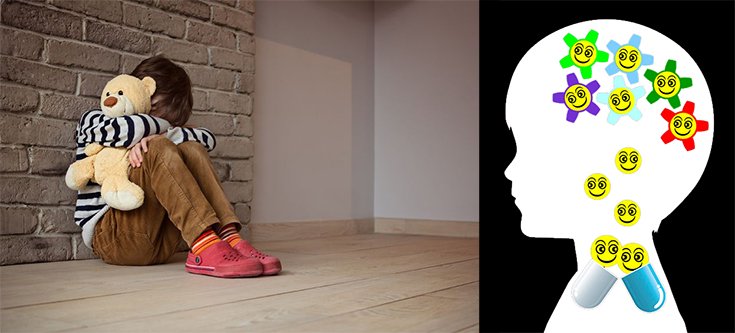Report: Foster Care Children are Highly Overmedicated, Undersupervised

A new report was issued by the California State Auditor suggesting that too many children in foster care are unnecessarily taking psychotropic drugs, and many without adequate supervision. [1]
The report focused on foster children in California, however, this is more problematic than you might expect, as the state runs the largest foster care system in the United States.
According to the report, nearly 12%, or 79,000, children in foster care in California were prescribed psychotropic medication. The report continued on in stating that despite this high number of kids receiving such medication, many of them received no follow up visits in conjunction with their medication, nor the recommended follow-up. In some cases, children were prescribed these drugs without parental or court consent, which is required by law.
Some counties, such as San Luis Obispo, reported that as many as 17% of children in their county foster care system were receiving such drugs, which is an increase on the state average by 5%. In that particular county, reports surfaced stating that antipsychotic drugs were prescribed to children in the foster care system most often. About 73% of psychotropic medication prescriptions written in San Luis Obispo county were for children in foster care, which is a staggering statistic. [2]
In an attempt to curb this epidemic, California has adopted new forms as of June 2016. The report states how these forms will help decrease some of the major issues within the system:
“In response to a recent state law, the Judicial Council of California adopted new and revised forms—which became effective in July 2016—to be used in the court authorization process for foster children’s psychotropic medications.
The proper completion of these newly revised forms should provide county staff with additional information necessary to identify instances when foster children are prescribed psychotropic medications in amounts or dosages that exceed the state guidelines.
Among other things, these revised forms require prescribers to explain for each foster child why they prescribed more than one psychotropic medication in a class or dosages that are outside the state guidelines.
If these forms are not properly completed, county staff will need to follow up with prescribers to obtain information necessary to ensure that the prescriptions beyond the state guidelines are appropriate.”

Will this New Rule be Enough to Help Curb the Issue?
According to some reports, California spent $226 million on psychotropic drugs for foster children in the past decade, which is 72% of all prescriptions for children in foster care. [3]
While many children in the foster care system have been abused previously, which presents in the form of depression, anxiety, and post-traumatic stress disorder, it seems that these children are often given medication without regard to the side effects. Without medical supervision or proper therapy, this can lead to further problems and make their daily lives much more difficult.
Side effects of some of these drugs include things like nausea, dizziness, weight gain, and in some cases, an increase in suicidal thoughts. Others may find their body does not react well to the medication, but with no medical follow-up, there is little anyone can do.
Hopefully, the new guidelines can help curb the problem, however, it seems to be at a crisis level and may take years to resolve.
Sources:
[2] New Times SLO
[3] GreenMedInfo
